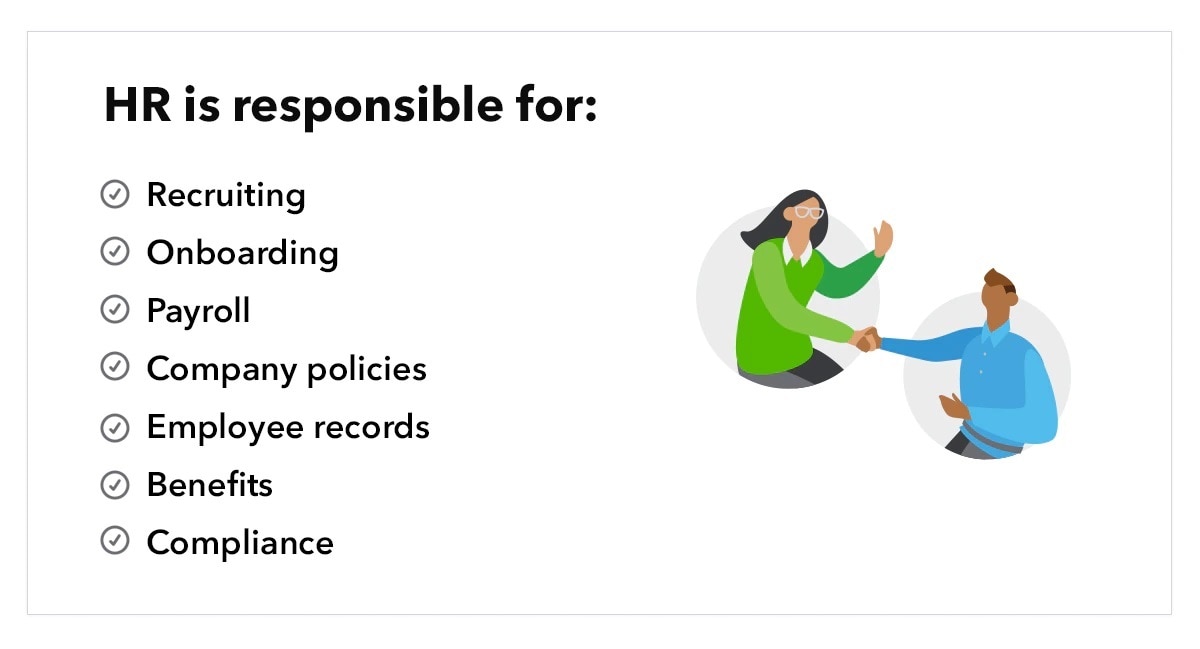Common human resource management mistakes
HR functions are entangled with all kinds of complex tasks including best practices and legal requirements. So, inevitably, mistakes are going to happen—especially if you’re trying to tackle these duties on your own. Mistakes happen, but when it comes to your employees’ rights, pay and employment status, there isn’t a lot of room for error.
Some of the most common human resources management (HRM) mistakes include:
- Missing important deadlines
- Not keeping accurate employee records and information
- Neglecting employee onboarding
- Making payroll mistakes
- Misclassifying employees
- Using poor recruiting practices
To provide context for how these mistakes can impact your business, let’s explore them a little further:
Missing important deadlines
A major aspect of HR is complying with the requirements of different regulating bodies. This also means adhering to many different deadlines all year, which can be hard to keep track of—especially for a busy small business owner. Missing these deadlines can result in penalties, disgruntled employees, or even legal action against your company.
Not keeping accurate employee records and information
Many businesses keep poor employee records or dispose of them prematurely—which is a problem for several reasons. First and foremost, keeping employee records gives you a history to refer to when making decisions about the employee. From details like their start date and pay to performance information, keeping organised information about each worker is invaluable.
Not only are employee records important for your own purposes, but you’re also required to hold on to them. In general, employers are expected to keep basic employee records for seven years.
Using human resource information services to help you maintain accurate records is recommended. You can outsource some of these HR functions, or use software such as QuickBooks Online to keep track of payroll, performance reviews, and other important records.
Neglecting employee onboarding
Onboarding is an important step in the hiring process. It can be tempting to do a quick introduction, have new employees fill out a few pieces of paperwork, and turn them loose on the first day. However, that’s not a very effective way to get employees acquainted with your company.
An employee’s first day and how they’re integrated into the team can actually have a major impact on their experience—and your bottom line. The cost of replacing an employee can be very high. So it’s in your best interest to make the onboarding process a priority.
Making payroll mistakes
Even if you only have a few employees, payroll involves a lot of moving parts. Cloud payroll services can make a world of difference for small business owners who find themselves overwhelmed. With this online solution, you can automate most aspects of processing payroll, and breathe easy knowing your employees are getting paid correctly and on time.
Using poor recruiting practices
Recruiting the right candidates is no small feat; however, it’s one of the biggest HR challenges small businesses face. From placing job ads that lack key details to failing to screen prospective hires, there are a lot of little mistakes to be made. These small missteps can result in hiring people who are a poor fit or, worse, are a threat to your company.




















